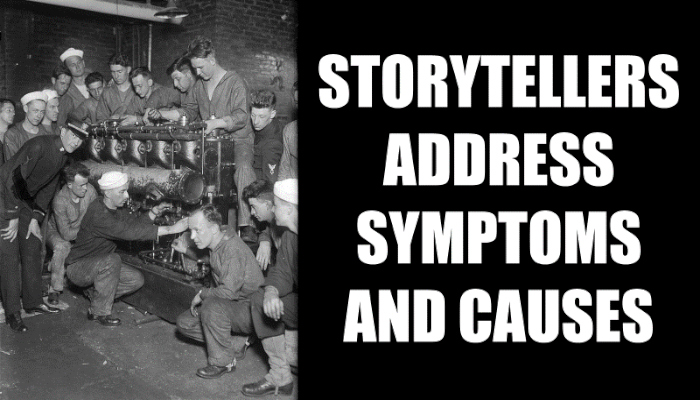
I’ve always liked writing, but I can’t say the same thing about reading. My reading experience differs from most of my writing friends, who describe the joys of discovering their local libraries, where they spent hours both finding and devouring books.
I just couldn’t do it. Reading was a physically painful process. After about a half-hour, my eyes would hurt, and I needed to stop. It wasn’t until I graduated from college that my optometrist diagnosed the problem.
“You’re nearsighted,” Dr. Baker, said. “So, I’m prescribing you reading glasses.”
I looked at him quizzically. “But, Doc, everything up close is clear. It’s the things in the distance that are fuzzy. Why do I need reading glasses?”
“To remove eye strain,” he said, before explaining how eye muscles contract to focus close and relax to focus far. “You’re an engineer. Your entire world is only a few feet away. Because of that, your eye muscles never get a chance to relax and thus they remain in a perpetual state of near focus.”
So, rather than giving me corrective glasses to compensate for my nearsightedness, Dr. Baker prescribed reading glasses to trick my eyes into thinking that they were focused out far, thus forcing my eye muscles to relax, and helping my distant-vision to return.
Those reading glasses changed my life because I can now read for hours and my eyes never get tired.
I learned a valuable lesson that day. When trying to solve a problem, it’s frequently best to treat the cause as opposed to symptoms.
It’s also a hint for storytellers who are trying to find an angle. If a story is the result of people pursuing what they want, and what they want is to solve a problem, there are at least two different ways to go: compensate for the symptom or eliminate its cause. Each one will lead to its own story.
So, what problem are you trying to solve today? Have you considered both approaches to solving it?
Photo Credit: Bain News Service, Publisher. Assembling Main Engine. , ca. 1915. [Between and Ca. 1920] Photograph. https://www.loc.gov/item/2014706627/.